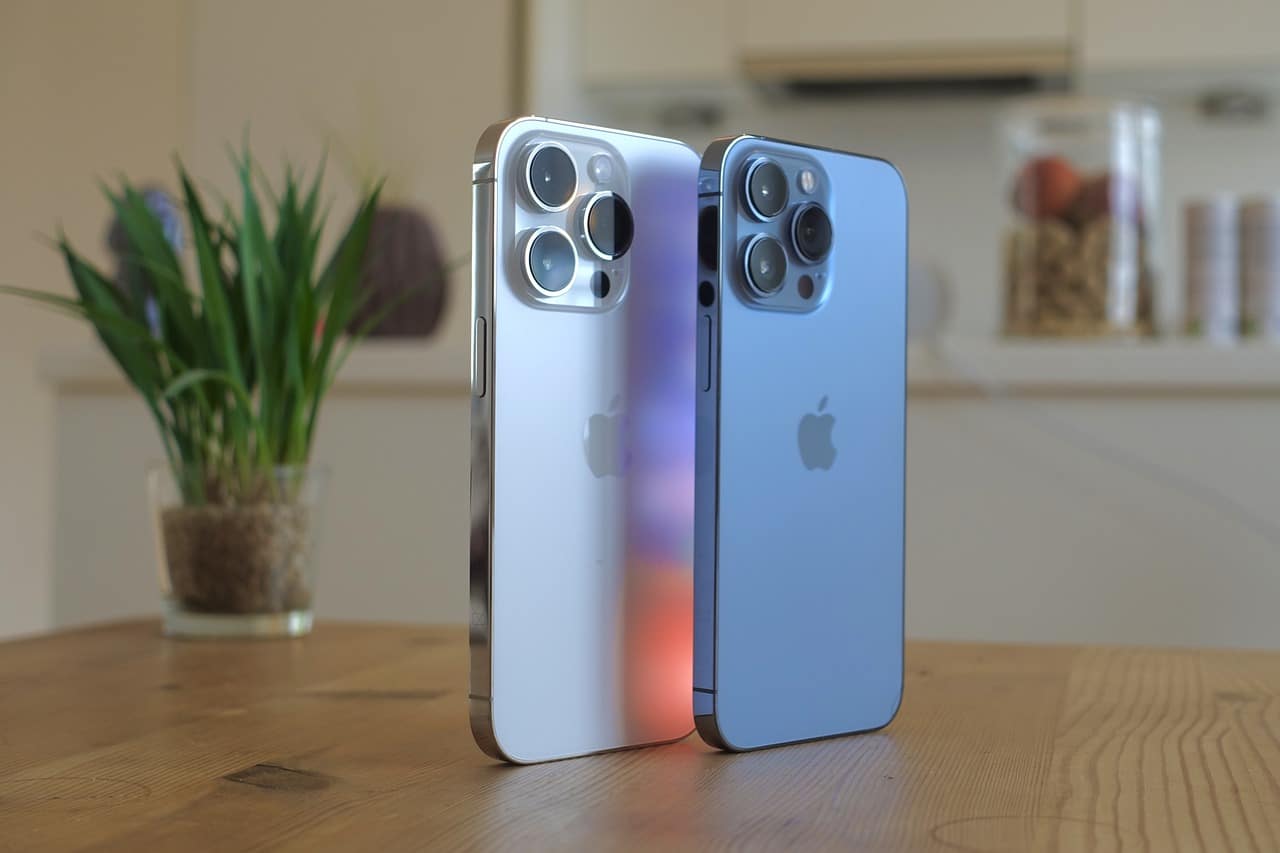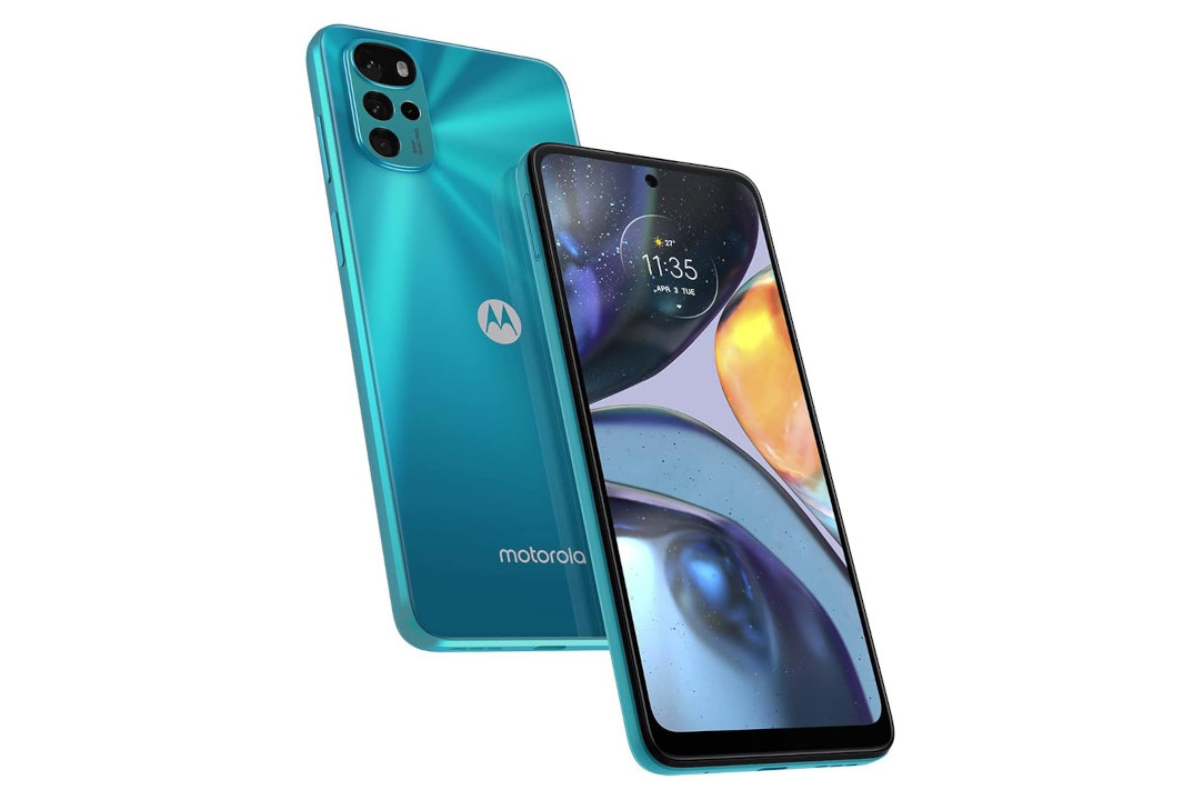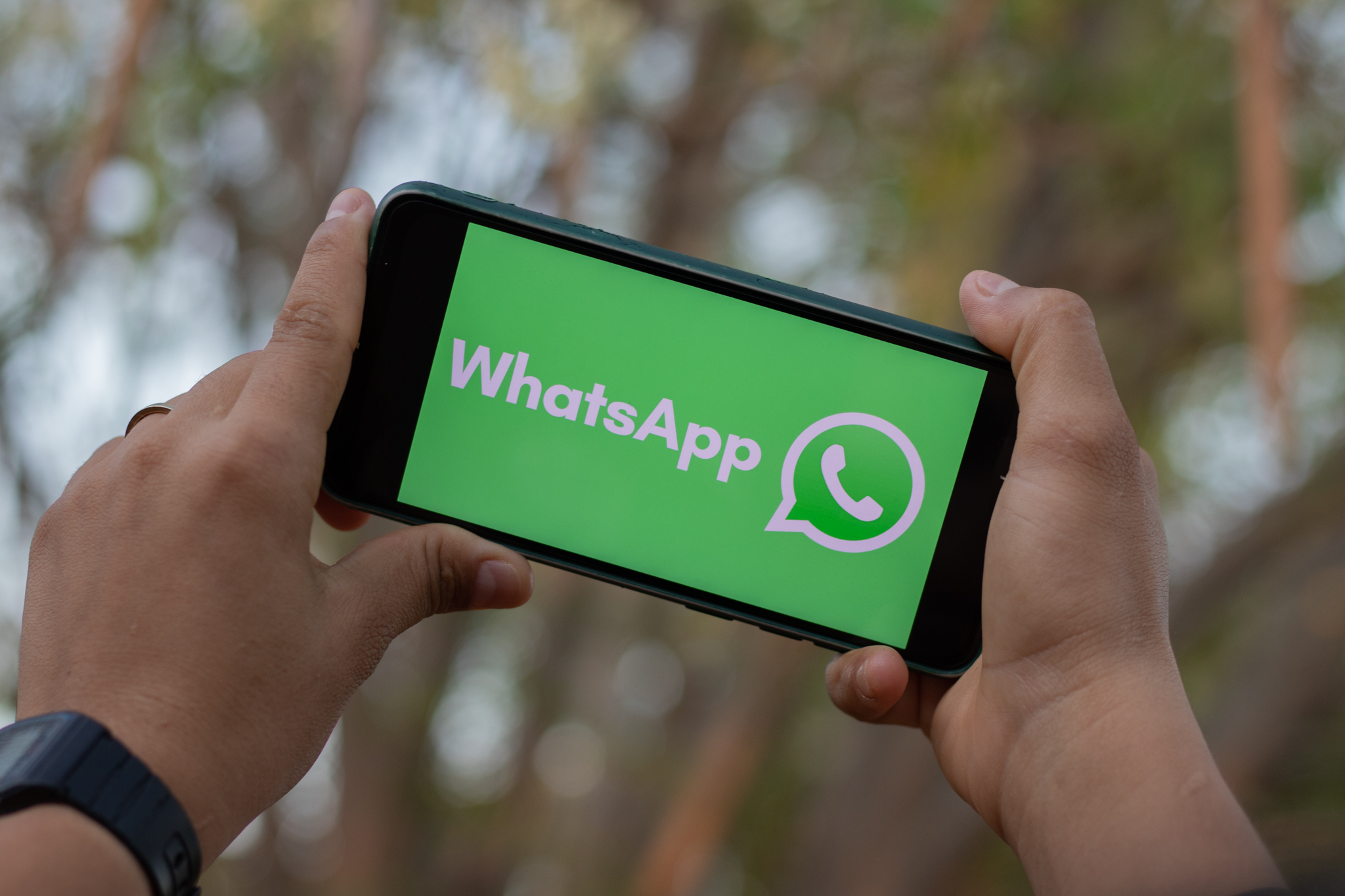Check out Apple's timeline. Think back to the first iPhones.
Apple launched the new iPhone 15 on Tuesday (12). The press conference, titled “Wish for Wonder”, was held at the company’s headquarters in Cupertino, California, and broadcast live on the company’s website. The new version features an extension called “Dynamic Island” that houses alerts, notifications and other controls in place of the notch, the hole in the front of the device. Previously, this feature was only available on the iPhone 14 Pro. All devices feature a new charger port (now USB-C).
iPhone 15 phones include upgraded image stabilization for photos and videos, 2x optimization, and updated portraits with richer colors and improved low-light performance. It also includes a 4K movie mode. Enjoy the nostalgia that accompanies these events as they happen, with a timeline of the top iPhone devices below.

2007 – The original iPhone, an Internet-enabled phone
Apple launches the original iPhone, a long-awaited device that Steve Jobs says combines an iPod, a telephone and an “Internet Communicator.”
2008 – iPhone 3G introduces the App Store
With the second version of the iPhone, Apple introduced the App Store and 3G connectivity. At half the price of the original iPhone, the device sold more than 3 million units in just one month, outselling its predecessor.
2009 – iPhone 3GS
The iPhone 3GS introduced video recording capabilities, as well as basic voice commands (although Siri was still a few years away). The first iPhone “S” update also doubled the storage system, giving users 32GB.
2010 – iPhone 4 (Selfie Time)
The iPhone 4 is completely redesigned – thinner, sleeker, with better battery life, better camera and better display. The iPhone 4 is starting to look like the phone many people still use today. It also adds front-facing cameras (including selfies) and FaceTime calling capabilities.
2011 – iPhone 4S (Hey Siri!)
Apple introduced its iconic Siri voice assistant to the world, as well as the iMessage feature that allows iPhone users to exchange unlimited messages. Users also began using iCloud, which automatically syncs all of the brand's devices.
2012 – iPhone 5 (Introduction of Lightning Cable)
The iPhone 5 has arrived, marking a major change in the way Apple charges its iPhones and iPods, which originally used Lightning cables. The 5 also comes with a larger screen and LTE connectivity, making the phone faster than its predecessor.
2013 – iPhone 5S (Biometric Access)
The iPhone 5S model added Touch ID, Apple's first attempt at using biometric data to replace passwords. Apple fans also got a gold version for the first time.
2014 – iPhone 6/6Plus (the biggest of all)
The first Plus version of the iPhone was bigger and thinner, but also easier to break. After the release of the 6/6Plus, many customers complained that the device was “bent”.
2015 – iPhone 6S/6SPlus
Apple launches the iPhone 6S and 6S Plus in rose gold, adding new features like 3D Touch and double the memory. In addition, the device's bending issues have also been addressed.
2016 – iPhone SE (cheapest option)
Taking a step back, the iPhone SE is a smaller and cheaper device than the 6S, giving customers the opportunity to enjoy an Apple phone for less of an investment.
2016 – iPhone 7/7Plus
Apple ditches the traditional headphone jack, forcing customers to buy adapters for older accessories. The iPhone 7 is also the first waterproof device. In addition to the first dual-camera lens with portrait mode, it also features a home button that can't be pressed, only touched.
2017 – iPhone X
The well-known X model revolutionized Apple on its 10th anniversary; the phone is very similar to the current versions. Also in 2017, the brand abandoned the tradition of launching “S” versions, with the 8 and 8 Plus. It is worth remembering that this was the first to support wireless charging.
2018 – iPhone XS/XSMax (more of the same)
Soon after the big change that the X brought, Apple launched the almost identical iPhone Xs and XS Max on the market.
2019 – iPhone 11 (additional lenses)
The iPhone 11 model comes in six color options along with the best dual camera features and ultra-wide-angle lens options. The device costs around Rs 3,500, making it one of the cheapest smartphones in Apple's flagship lineup.
2020 – iPhone SE (2nd generation)
Apple has slimmed down its lineup of new versions of its oldest handset, releasing the second-generation SE with a retro-style home button. Despite its lower price tag, the SE comes with some of Apple's flashiest features, like advanced cameras and wireless charging.
2020 – iPhone 12 series (no charger in the box)
The iPhone 12 series brings camera and display upgrades and introduces MagSafe charging options. The handset has two camera lenses, while the Pro and Pro Max feature three Night modes and improved zoom range. The 12 and 12 Pro models are the same size, while the Pro Max is noticeably larger. The 12 series also marks the end of built-in chargers on phones.
2021 – iPhone 13 series (same price, more space)
THE iPhone 13 It's still almost the same price as the iPhone 12, but it has twice the storage. Battery life and camera functionality have improved.
2022 – iPhone 14
In the latest version, Apple has brought back the larger Pro version and added a number of safety features, such as satellite emergency calling. The model 14 The Pro and Pro Max feature a class-leading “Dynamic Island” that floats on top of the phone to better match everything happening onscreen, as well as improved cameras and displays. The physical SIM card tray has been removed, leaving users with eSIM only.



